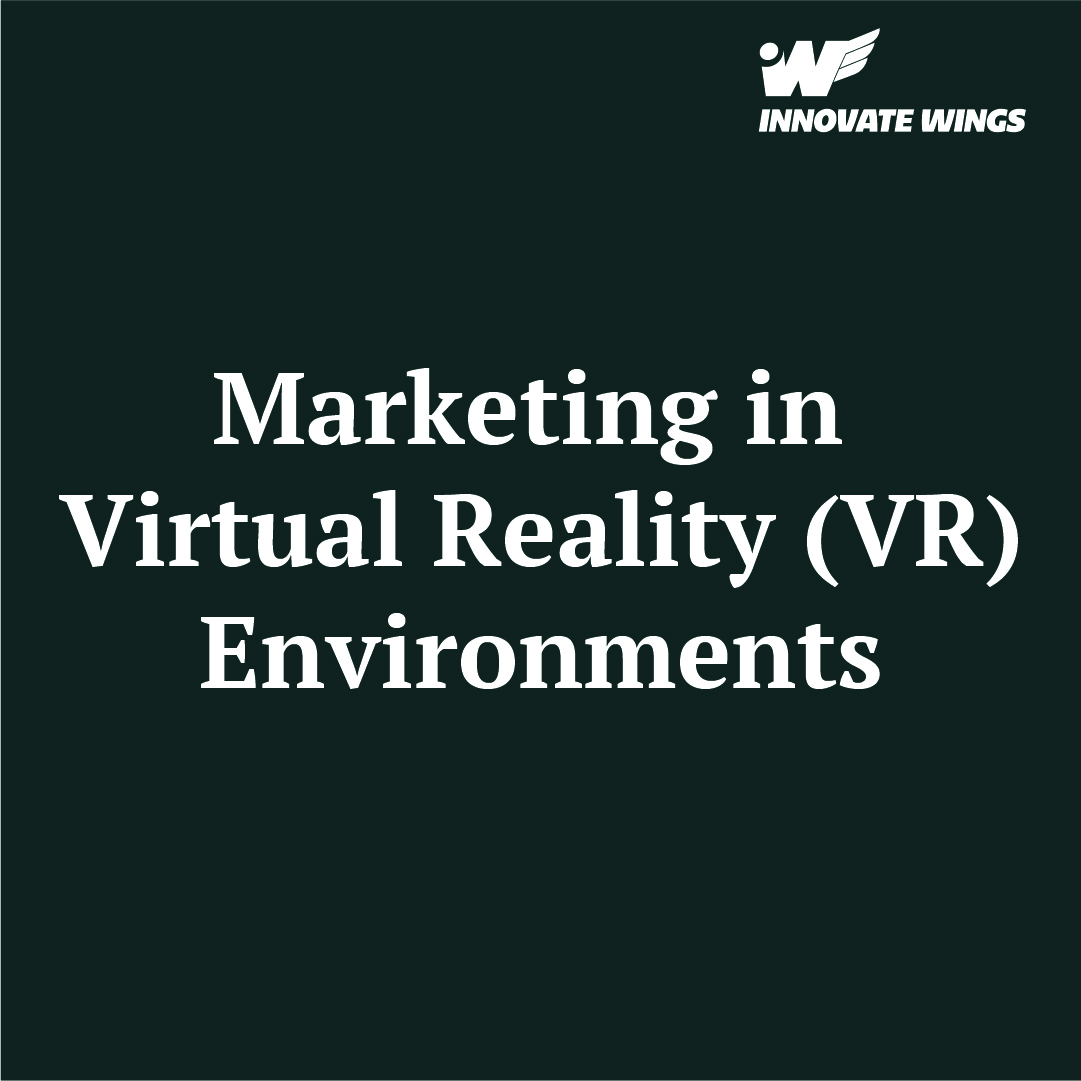

In recent years, virtual reality (VR) technology has transformed the landscape of experiential marketing, offering immersive and interactive experiences that captivate audiences like never before. Brands are increasingly leveraging VR to create memorable and engaging marketing campaigns that go beyond traditional advertising methods. This article explores the significant impact of experiential marketing in VR environments and how brands can effectively leverage this innovative technology to connect with consumers on a deeper level.
The Rise of Experiential Marketing in VR
Experiential marketing aims to engage consumers through immersive and memorable experiences rather than traditional advertising tactics. With the emergence of VR technology, brands can now transport consumers to virtual worlds where they can interact with products, explore environments, and participate in immersive storytelling experiences. VR offers a level of immersion and interactivity that traditional marketing channels cannot match, making it a powerful tool for brands to connect with their target audience.
Creating Immersive Brand Experiences
VR enables brands to create fully immersive experiences that allow consumers to engage with their products or services in a virtual environment. Whether it's exploring a virtual store, test-driving a product, or experiencing a branded entertainment experience, VR allows brands to transport consumers to new worlds and create memorable interactions. By providing a hands-on experience, brands can foster a deeper connection with consumers and leave a lasting impression.
Enhancing Consumer Engagement and Interaction
One of the key advantages of VR experiential marketing is its ability to drive consumer engagement and interaction. VR experiences are inherently interactive, allowing users to navigate virtual environments, interact with objects, and make decisions that impact their experience. Brands can leverage this interactivity to gamify their marketing campaigns, encouraging users to participate actively and engage with their brand on a deeper level.
Personalization and Customization
VR experiential marketing also offers opportunities for personalization and customization, allowing brands to tailor experiences to individual preferences and interests. By collecting data on user behavior and preferences within the virtual environment, brands can deliver personalized content and recommendations that resonate with each user. This personalized approach enhances the overall experience and makes consumers feel valued and understood by the brand.
Measuring Impact and ROI
While VR experiential marketing offers numerous benefits, measuring its impact and return on investment (ROI) can be challenging. Brands must develop metrics and analytics tools to track user engagement, interaction, and behavior within VR experiences. By analyzing these metrics, brands can gain valuable insights into the effectiveness of their VR campaigns and make data-driven decisions to optimize future initiatives.
Conclusion
Experiential marketing in VR environments represents a new frontier in brand storytelling and consumer engagement. By leveraging the immersive and interactive nature of VR technology, brands can create unforgettable experiences that captivate audiences and foster meaningful connections. As VR technology continues to evolve, brands that embrace experiential marketing in VR will be well-positioned to stand out in a crowded digital landscape and drive long-term brand loyalty and advocacy.